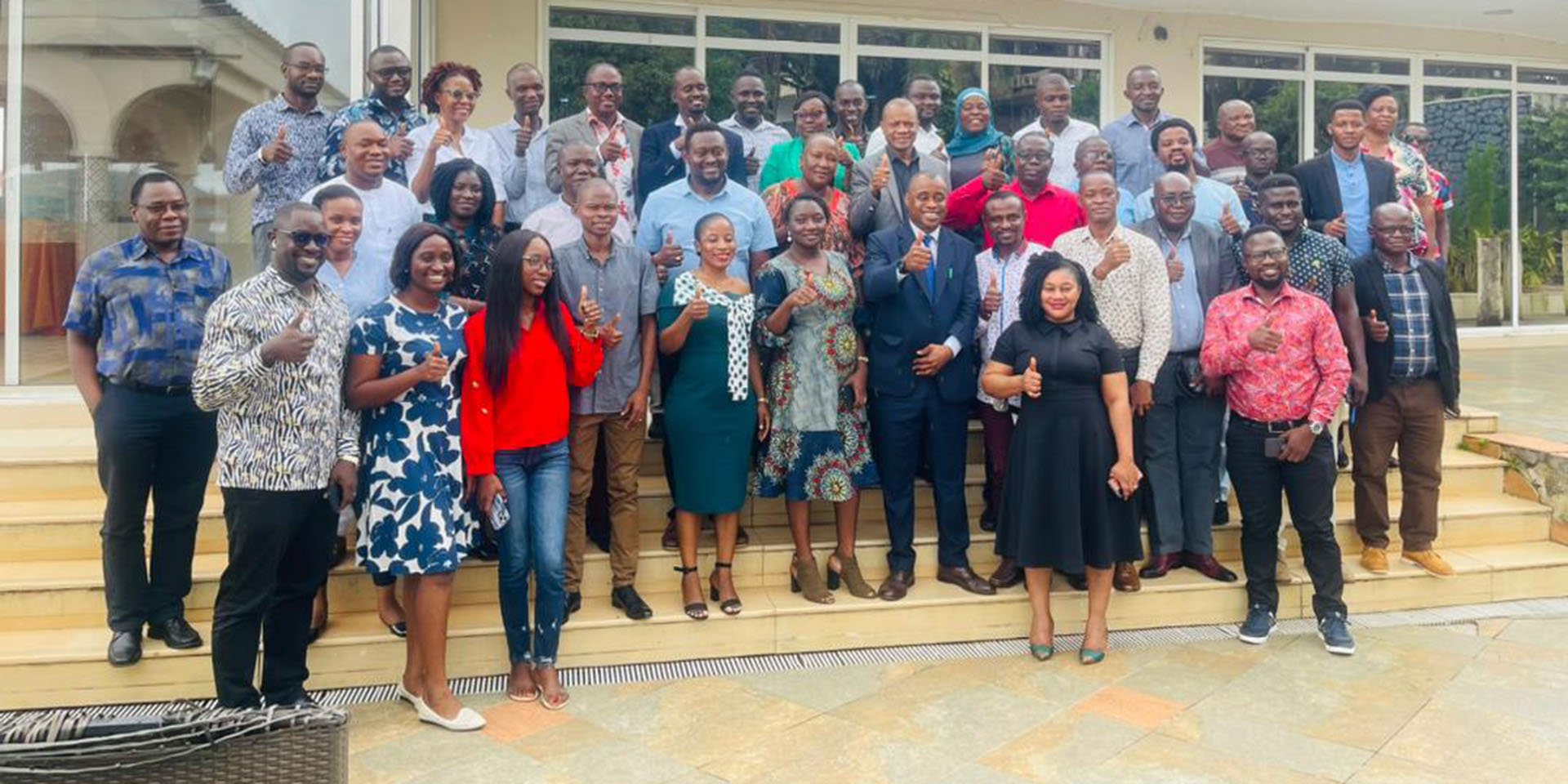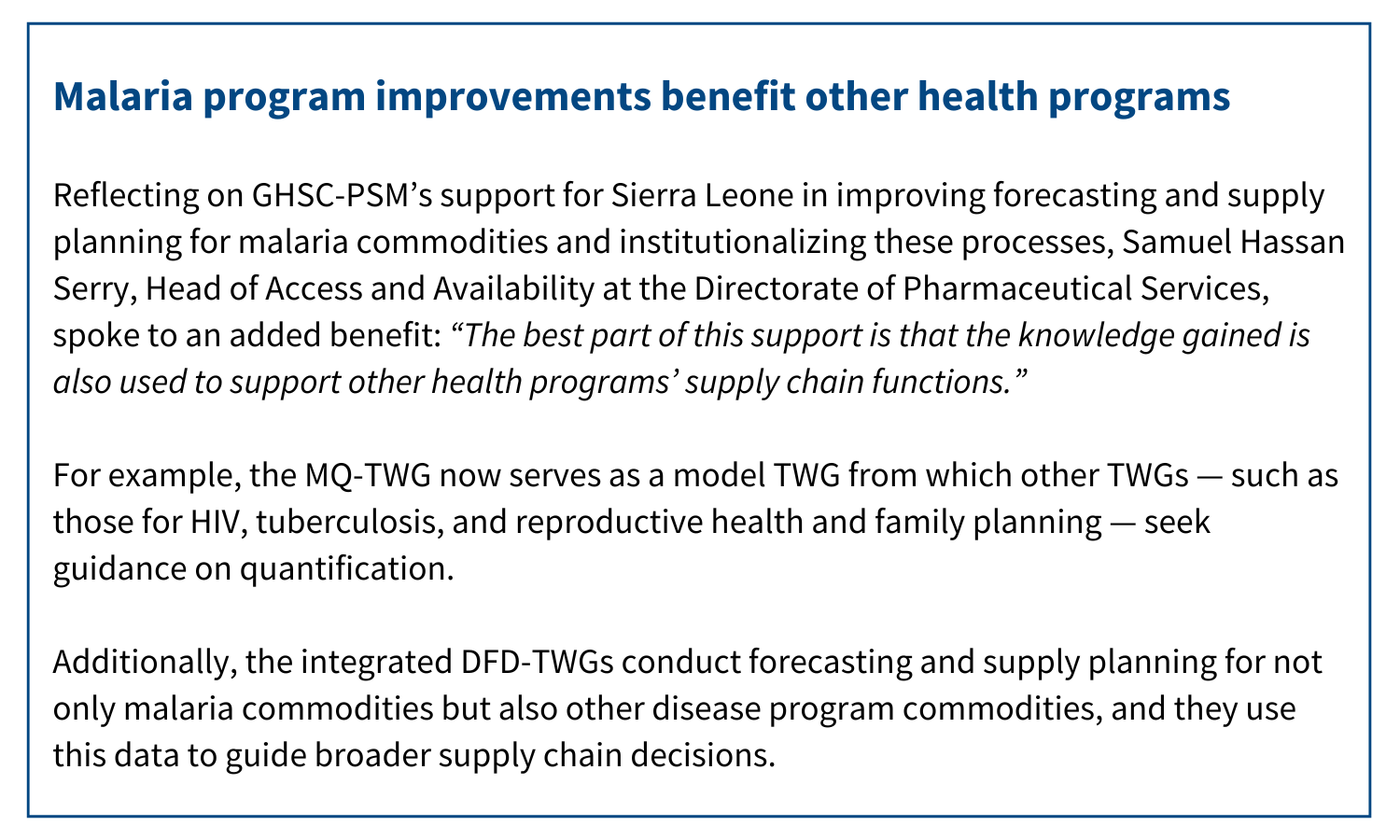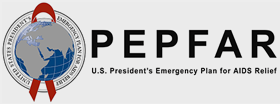“We had little or no capacity building for supply chain staff, especially at the district level,” explains Samuel Hassan Serry, Head of Access and Availability at the Directorate of Pharmaceutical Services (DPS). “Supply chain managers did not have a routine supply planning system to guide procurement decisions, and they used Excel spreadsheets that were not standardized to track shipments.”
Major supply chain activities and decisions, such as forecasting and supply planning, were conducted only at the central level and not routinely; forecast results were not validated; and these activities relied heavily on donor support.
Compounding these challenges, health facility reporting on malaria commodities with the existing logistics management information system (LMIS) CHANNEL, was irregular. Reporting rates ranged from 19 percent to 40 percent, and key data elements were not available.
Accessing facility-level data was also challenging: Ministry of Health (MOH) staff first needed to ask districts to email facility data from CHANNEL, and then they conducted time-consuming discussions with districts to clean the data.
These data challenges led the government to largely rely on demographic data for forecasting rather than actual logistics data resulting in inefficient commodities distribution. For example, Serry explains, “the same quantities of malaria commodities were distributed to facilities of the same type, rather than by need.”







